The Xiaomi 15T smartphone release offers a fairly solid refinement to the long-running T series. An updated display, battery, and camera system position the 15T as an incremental upgrade over the previous generation, which, in its own right, might not warrant selling last year’s model in favour of this latest iteration.
However, the latest MediaTek Dimensity 8400-Ultra CPU, along with the new Mali-G720 GPU, provide a solid performance boost that could sway some users toward the 15T. Is this latest smartphone from Xiaomi worth the upgrade? Let’s jump in and find out.
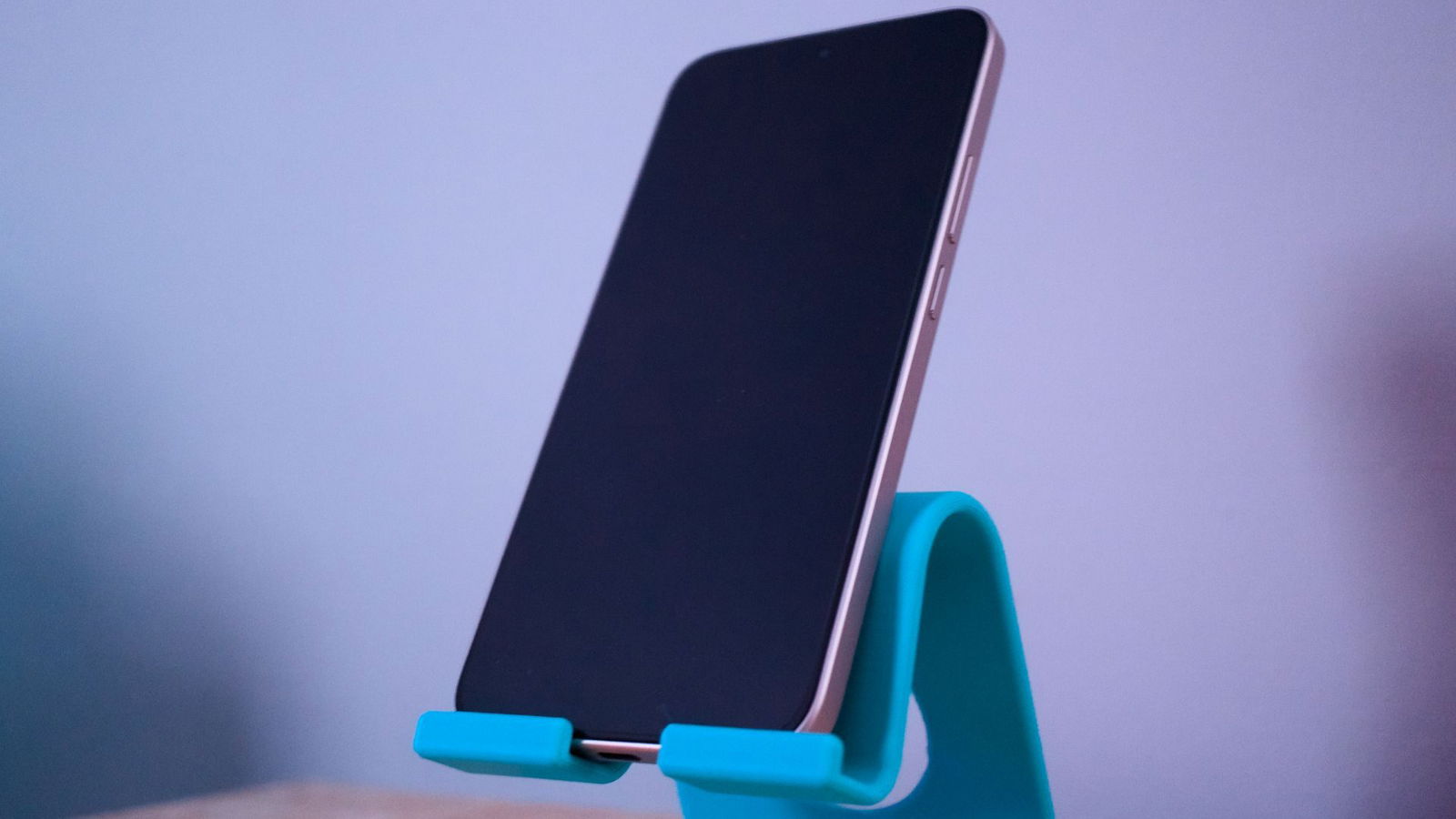
If you were to place the 14T and 15T side by side, you could be forgiven for not being able to tell the difference at first glance. While there are slight differences in dimensions with the 15T measuring slightly larger (163.2mm x 78.0mm) and thinner (7.50mm), the overall look and feel between the two is striking. This isn’t a critique, as I quite like the look and feel of what I suspect is a high-grade aluminum casing surrounding the signature Leica Camera bump. Why change what is working so well?
Also returning is the exact button placement, although the 15T sees the removal of the textured coating over the power button. In its place is a consistently smooth texture over the entirety of the phone’s surface. It features a slightly sleeker overall look, one that serves the T series well. In hand, the 15T is nearly identical to the previous generation, with a weight difference of only 1g.
“An updated display, battery, and camera system position the 15T as an incremental upgrade over the previous generation…”
This year’s release, however, does see the removal of Lemon Green and Titan Blue, and in their place, a subtle rose gold, along with the signature black and grey of the previous generation. Although I’m not typically a fan of rose gold (the colour provided for this review), I must confess that the matte finish and subtle nature of the colour palette are growing on me.
This year’s model also features a slight size increase in the screen, measuring 6.82 inches, up from the 14 T’s 6.67 inches. Once again, Xiaomi has equipped the T series with an AMOLED display panel protected by Corning Gorilla Glass 7i. While this year’s model sees a slight decrease in refresh at 120Hz, down from 144Hz, and peak brightness, down to 3200 nits from the 14T’s 4000, the overall resolution comes in higher at 2772 x 1280 at 441ppi.

The result is a crisp, clear, and bright display that leverages HDR10+ whenever possible and provides a wonderful viewing experience. Even in direct sunlight, the 15T is quite usable, though I’d recommend saving your Netflix consumption for indoors or at least under a shady tree.
The battery capacity has been upgraded, with the 15T now featuring a 5500mAh battery, a 500mAh increase from the previous generation. Hypercharge is also back, rated for 67W with support for PD 3.0 charging. This translates to a 0% to 100% charge in just under 50 minutes in testing and is in line with the previous generations.
In testing, the phone charged quickly and remained relatively cool, even during hypercharging, which had been a concern with the 14T Pro I reviewed last year. The only notable critique here is that, like last year’s 14T, there is no wireless charging support—a missed opportunity to elevate this phone above similar phones in this price range.
The extra battery capacity does provide more longevity, though, with testing showing that you’ll have no problem getting through the day, even for fairly consistent users. For clarity, I tested the phone over a standard workweek, using it throughout the workday as well as for gaming and media consumption in the evenings. While the phone dipped below 20% on my day off, due to the increased streaming and gaming (I may have gotten caught up playing Destiny Rising), I was still impressed with the overall battery life. For everyday users, the 15T will have no issue meeting their needs.

While the battery capacity increase is a welcome quality of life update to the T series, the most notable change comes in the form of the new MediaTek Dimensity 8400-Ultra and Mali-G72 GPU. This latest iteration of MediaTek’s Dimensity 8000 series chip has significantly enhanced the overall performance of the 15T.
While the raw power of the CPU has been increased, I suspect it’s actually the boost to the neural processing unit (NPU), now at 880, that helps the 15T perform over its predecessor. AI-driven processing has seen significant improvements over the last year, and the trickle-down effect from desktop CPUs is now fully on display in this latest generation of smartphone CPUs.
“In everyday testing, the 15T is snappy and responsive, never lagging when swapping apps. Even heavier tasks, such as gaming, the 15T did better than I expected.”
On the bench, the 15T performed quite well, especially when compared to the results of last generation. On Geekbench in single-core testing, the 15T scored 1552, as opposed to the 14T’s 1341. Multi-core testing revealed a similar trend with the 15T scoring 5723, up from the previous generation’s 4247. Both are solid performance boosts and a testament to the efficiency of neural processing.
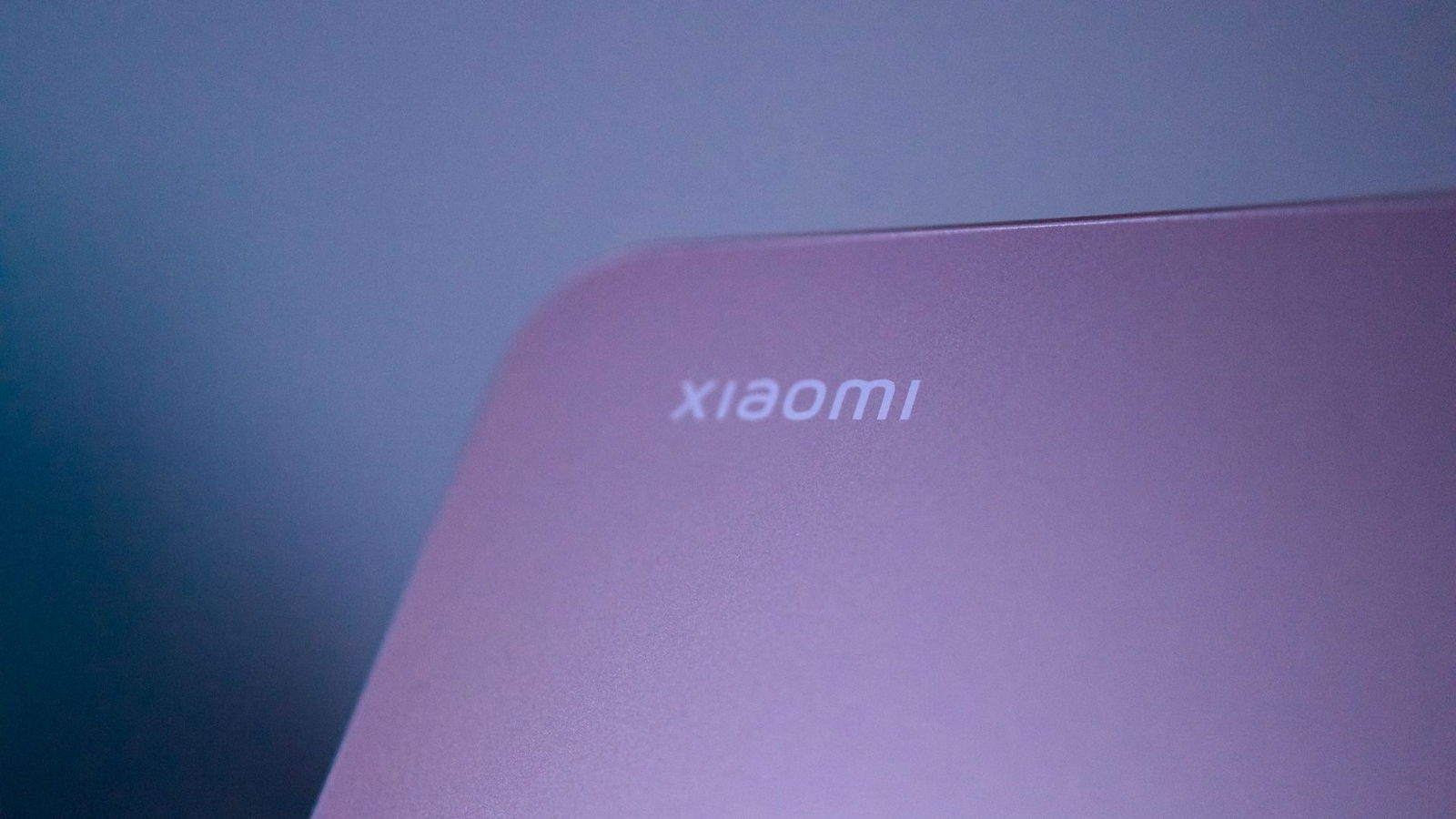
In everyday testing, the 15T is snappy and responsive, never lagging when swapping apps. Even heavier tasks, such as gaming, the 15T did better than I expected. Titles such as Diablo Immortal and Destiny Rising both ran smoothly on the 15T, even when pushing the settings beyond the recommended specs. Even when redlining the Immortal settings, the 15T managed to maintain a consistent 60FPS presentation of the game, with only a couple of notable frame drops in exceptionally high-density map areas. Considering that the recommended settings were considerably lower than I had them, I am impressed with the results.
While not at the top end of the new T series release, the 15T held its own in performance testing. The inclusion of 12GB of RAM (with the ability to leverage up to 16GB through the UFS storage extension option) helps further enhance processing capabilities, allowing the phone to perform well even while multitasking. As for storage, the 15T offers both a 256GB and a 512GB model.
Connectivity is solid and in line with more recent options. The most notable feature is the inclusion of a dual SIM setup, available in either two nano SIMs or a single nano SIM and eSIM combination. Additionally, the 15T supports 5G and Bluetooth 6.0, providing an excellent audio streaming experience. Connectivity works as expected and has no issue connecting to both data networks or Wi-Fi.

Back as well is Xiaomi’s HyperOS overlay for Android. Built on Android 15, HyperOS, as I’ve noted in previous reviews, is one of the few OS overlays I have no complaints about. As an Android purest, I tend to see additional OS layers as bloatware. However, HyperOS is the exception, from my experience. It provides some lovely quality of life features as well as some great integrations within Xiaomi’s ecosystem. I would argue that Xiaomi has created almost as much synergy between its devices as Apple, which is something even Samsung struggles with.
The final hardware element of note is the new Leica VARIO-SUMMILUX camera lenses included on the 15T. The Camera system has been a standout feature of the T series lineup, and this trend continues with this latest iteration. Sporting a 50MP, ƒ/1.7, OIS, Leica 23mm main camera lens, the 15T provides excellent picture quality. The Light Fusion 800 Image sensor is a departure from the 14T Sony sensor but still produces excellent quality and lighting in photos.
The Leica 46mm telephoto lens, likewise, covers an impressive distance while still maintaining its overall quality. The 50MP, f/1.9 lens is a welcome addition to the camera system, offering a 46mm equivalent focal length. Rounding out the rear camera trifecta is a Leica 15mm ultra-wide lens, which offers 12MP, ƒ/2.2 shooting with a solid 120° field of view.





The front camera is no slouch either. Sporting a 32MP ƒ/2.2, 90° Field of view lens, which translates to a 21mm equivalent focal length, the front camera crushes selfies. That 90° Field of view is ideal for capturing a larger area in selfie mode, making it much easier for you and all of your friends to get in the picture.
“The T Series phones have some of the best cameras I’ve worked with, and while the hardware is impressive, it’s the software support that helps elevate the 15T to photo master status.”
The photo results speak for themselves. While I’ve tested numerous phone cameras, the T Series phones have some of the best cameras I’ve worked with. The hardware is impressive, but it’s the software support that helps elevate the 15T to photo master status. While the standard photo and portrait modes are available for quick run-and-shoot photography, the 15T also includes a Pro mode that provides complete control over the shooting experience. It’s slick, easy to use and is incredibly responsive, elevating the shooting experience for those wanting to get a little more out of their shots.
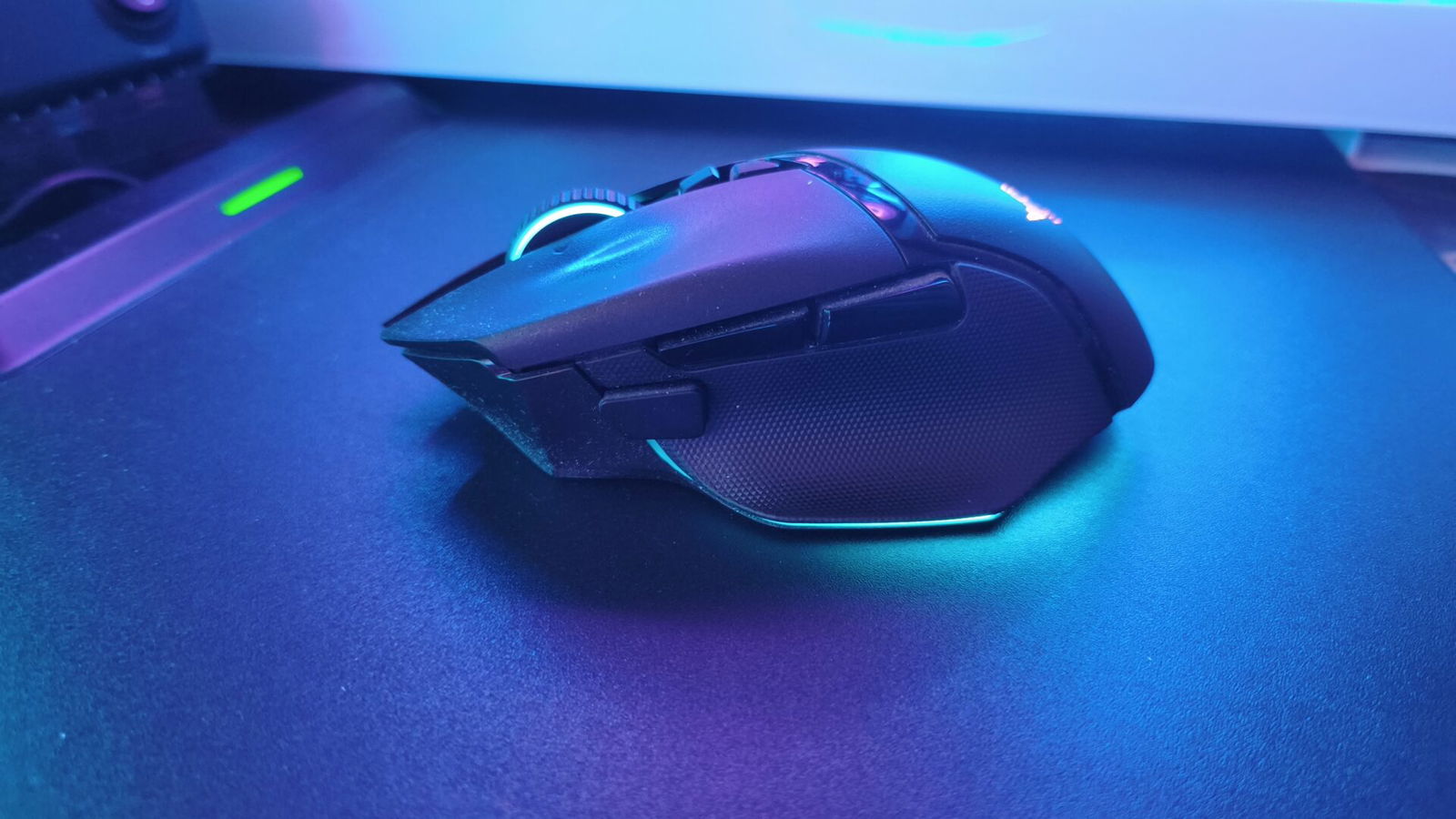

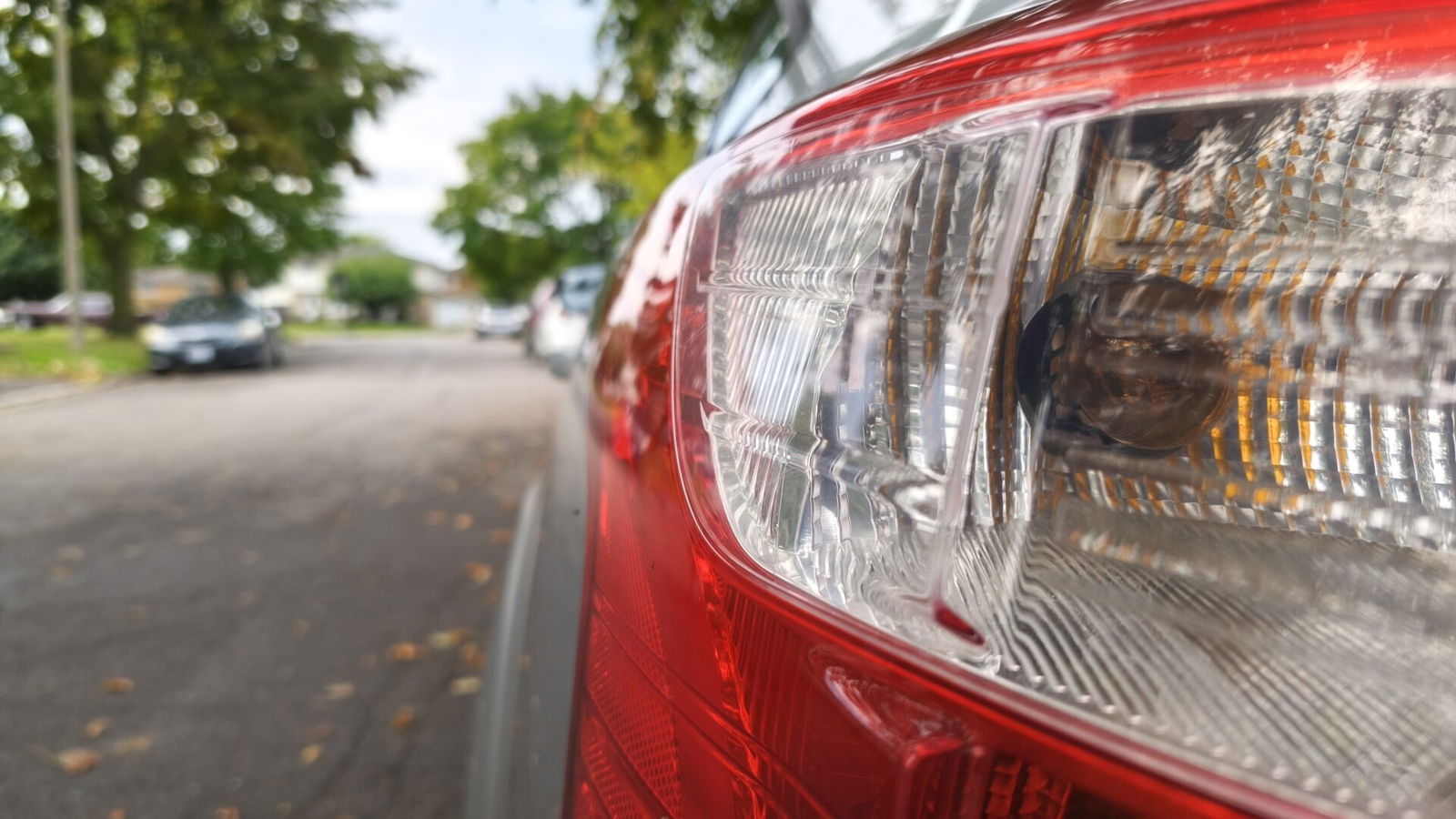


Other fun shooting options are available and easier than ever to master. Long exposure and panorama allow for some unique shots ,while Ultra HD pours every ounce of detail into each shot. For videoography, Xiaomi has pulled no punches and includes some great features to help you create your video.
While slow motion and time-lapse come standard with the camera app, perhaps one of the most under-featured settings is the built-in teleprompter. Available when shooting with both front and rear cameras, the teleprompter functions exactly as you would expect and is positioned close to the lenses to create the illusion of looking directly at the camera.
Video shooting support includes up to 4K60 on the rear cameras and 4K30 on the front. The steady shot works exceptionally well, although it is locked to 1080p30 on the rear camera only. The front camera even offers HDR+ support and, in testing, did an excellent job highlighting the bags under my eyes from too little sleep and too much coffee.
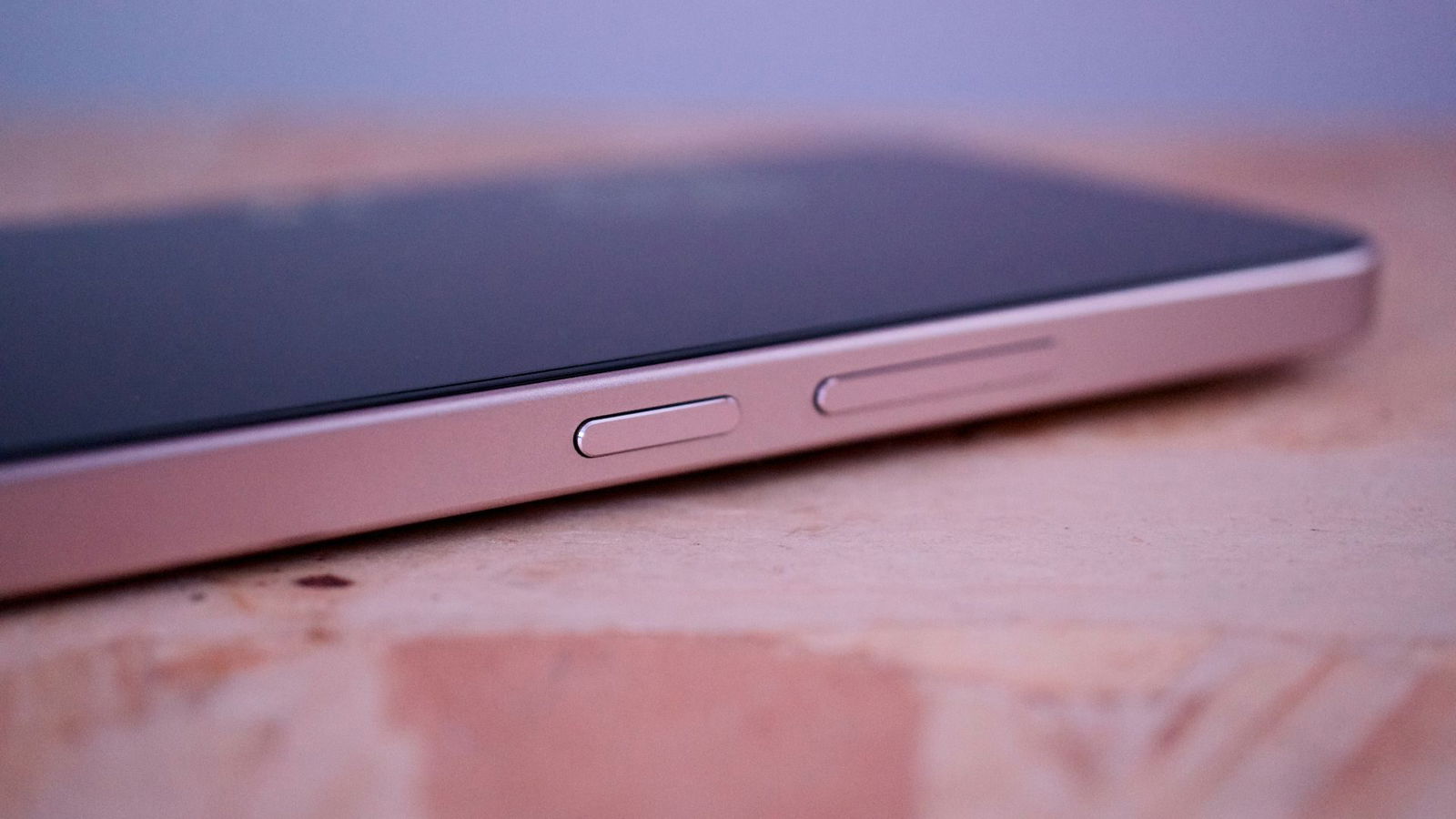
So with all this said, is the 15T worth the upgrade? If you are still happily carrying last year’s 14T and are satisfied with its performance, I cannot say that it is worth the upgrade. The 14T is a solid phone, and while the 15T offers a few notable updates, notably improved performance, I still cannot see the need to upgrade. However, if you are using anything older or looking for a phone that offers some of the best on-board cameras I’ve ever seen on a smartphone, I think the 15T will be a phone that impresses and meets your needs exceptionally well.
The Xiaomi 15T is a solid entry in the T lineup. It offers some good, albeit incremental, upgrades to its predecessor. A better processor, larger screen, and more battery all help elevate the 15T, while its excellent camera system and overall design work together to make Xiaomi’s latest offering worth considering.






